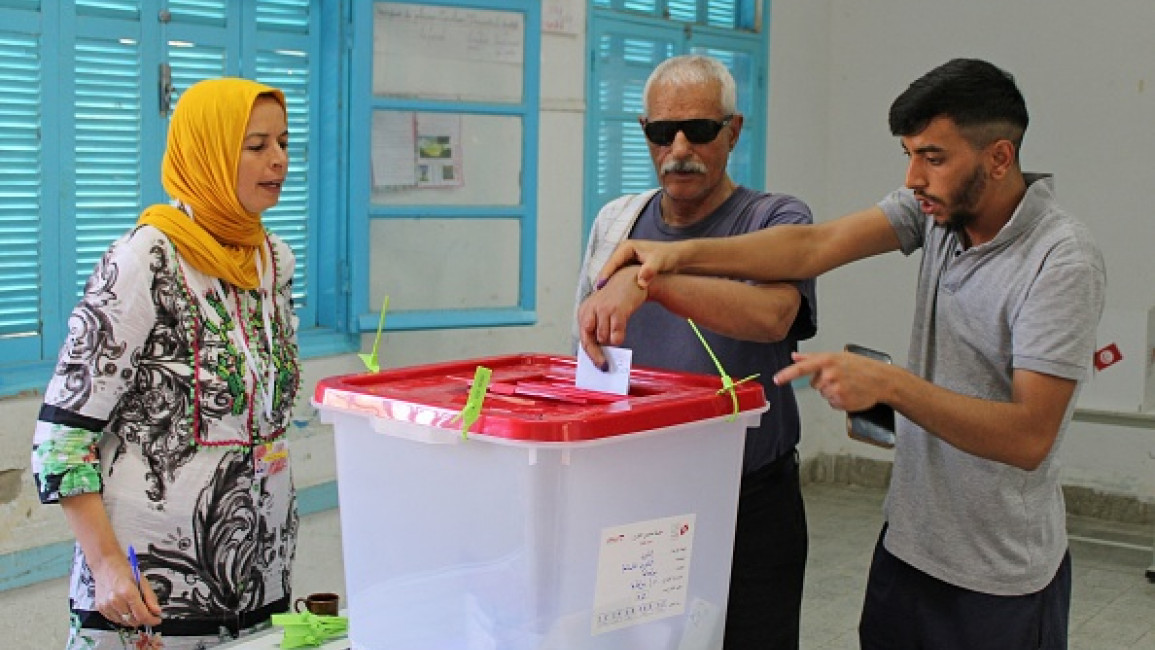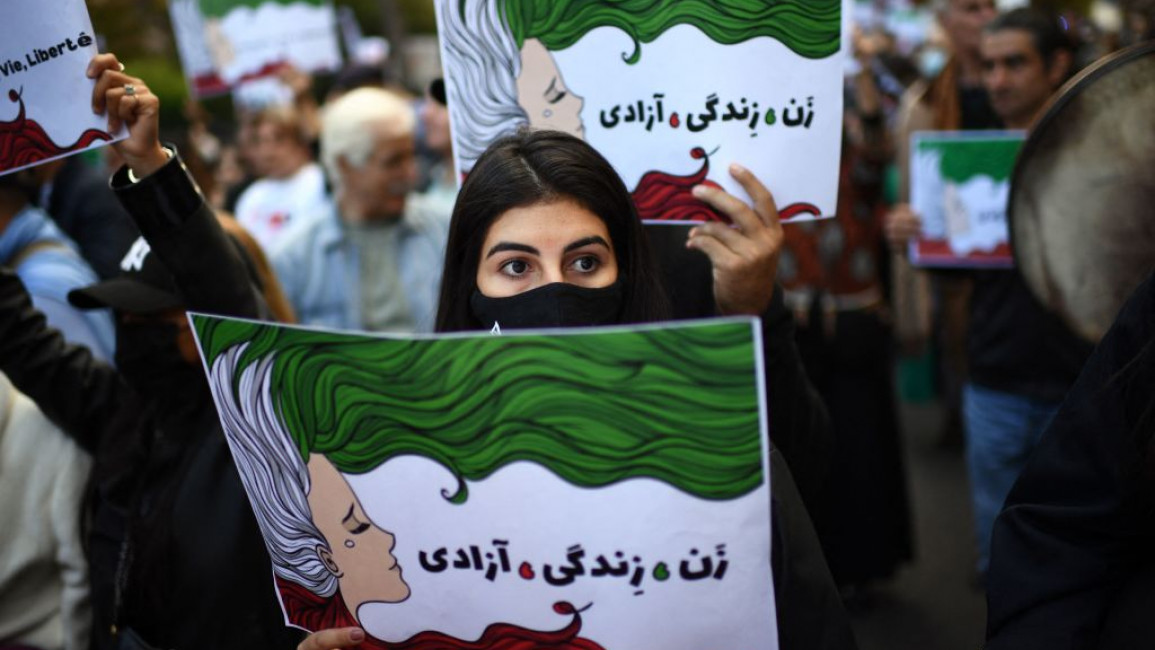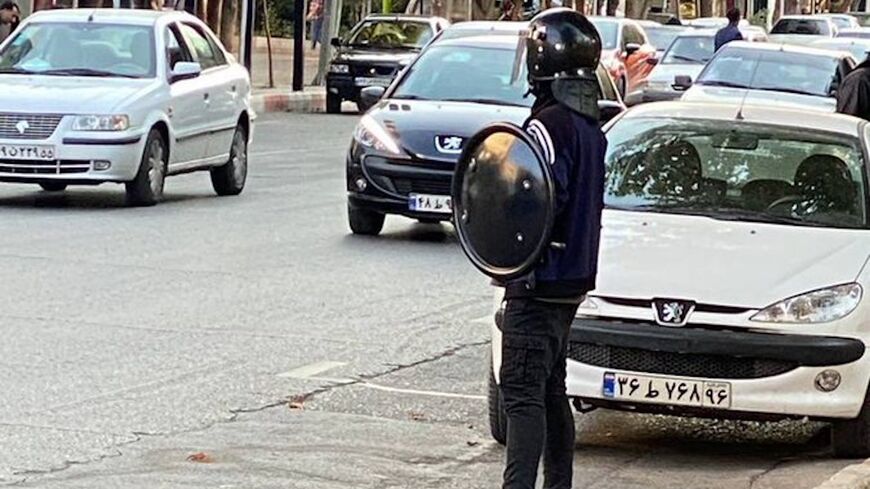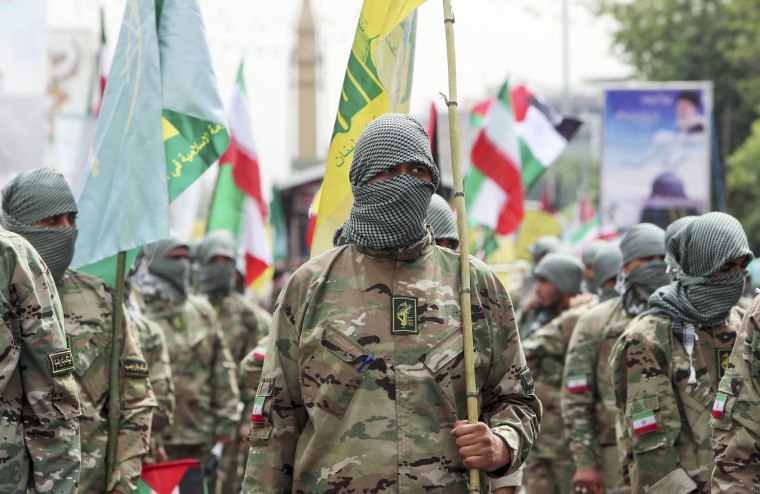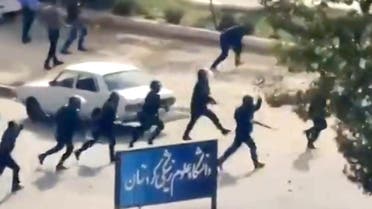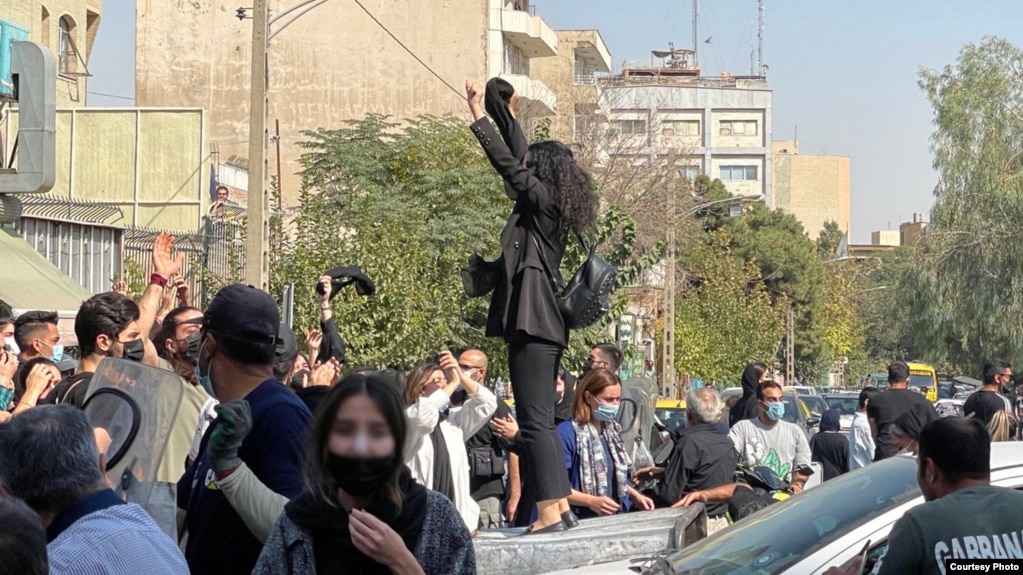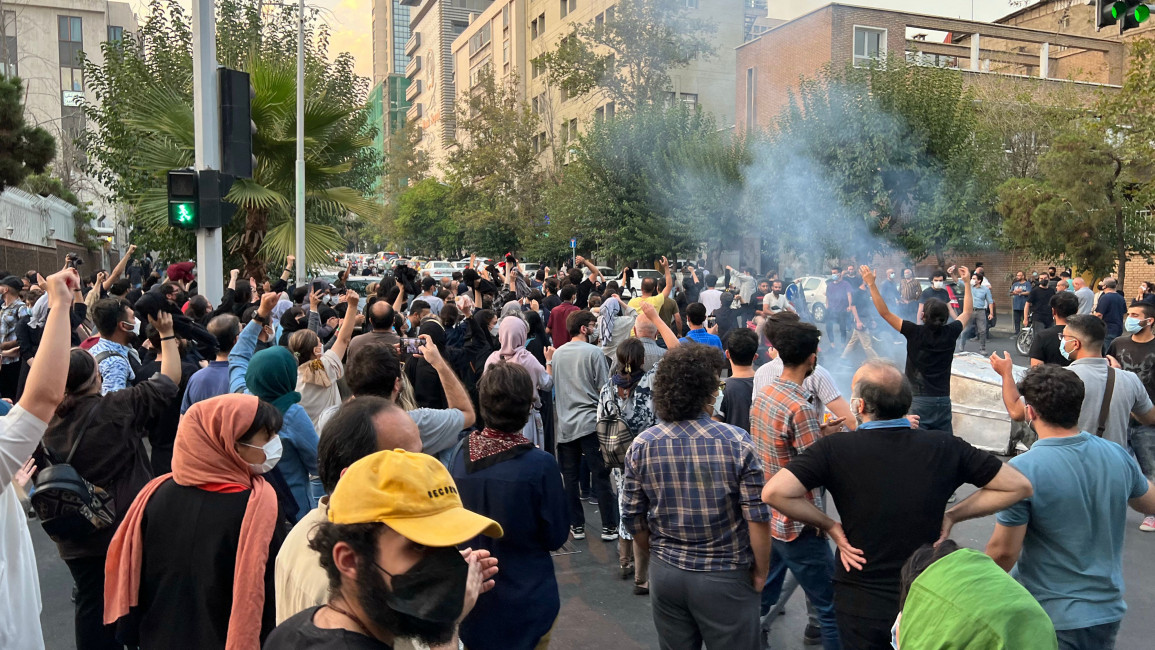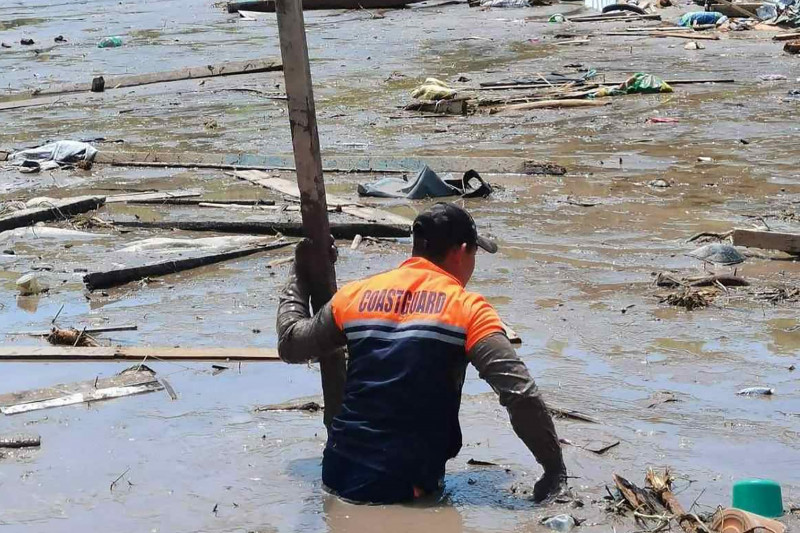Swedish climate activist says the UN’s climate conference will be ‘used as an opportunity for leaders and people in power to get attention’
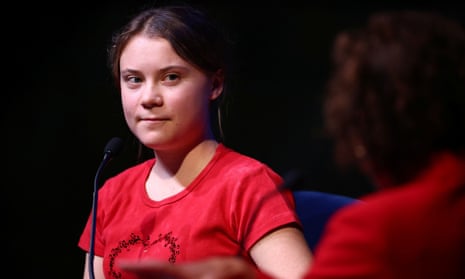
Guardian staff and agencies
Mon 31 Oct 2022 03.23 GMT
Swedish climate activist Greta Thunberg has said she will skip next month’s Cop27 talks in Egypt, criticising the global summit as a forum for “greenwashing”.
“I’m not going to Cop27 for many reasons, but the space for civil society this year is extremely limited,” she said during a question and answer at the launch of her latest book at London’s Southbank Centre.
The 19-year-old activist had previously tweeted to express solidarity with “prisoners of conscience” being held in Egypt. The UN’s 27th conference on climate opens in the Red Sea resort town of Sharm el-Sheikh on 6 November.
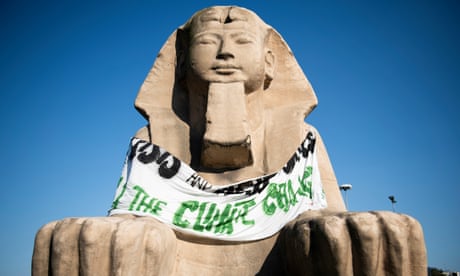
Greenwashing a police state: the truth behind Egypt’s Cop27 masquerade
“The Cops are mainly used as an opportunity for leaders and people in power to get attention, using many different kinds of greenwashing,” she said.
The Cop conferences, she added, “are not really meant to change the whole system”, but instead encourage gradual progress.
“So as it is, the Cops are not really working, unless of course we use them as an opportunity to mobilise.”
Thunberg was among those who last week accused Greenpeace of “greenwashing” the Egyptian government’s image and discouraging other activists from forcefully raising the country’s abysmal human rights record ahead of the climate summit.
In July, a group of environmentalists and activists wrote an open letter expressing their alarm over Egypt’s ability to host the event successfully because of its poor record on human rights, especially as thousands of prisoners of conscience remain imprisoned. The signatories included John Sauven, former executive director of Greenpeace UK, but Greenpeace UK declined to sign.
Thunberg’s royalties for the book will go to her foundation, which will distribute them to charitable organisations working on environmental issues.
The activist said she wanted the book to “be educational, which is a bit ironic since my thing is school strikes”, referring to her protests in front of the Swedish parliament starting in 2018.
On Sunday, Thunberg called for more people to get involved in climate activism, saying the time had come for “drastic changes” to the status quo.
“In order to change things, we need everyone – we need billions of activists,” she said.
Thunberg attend the previous Cop in Glasgow in 2021.
Agence France-Presse contributed to this report
Saphora Smith
Sun, October 30, 2022

Swedish climate activist Greta Thunberg speaks with British journalist Samira Ahmed on stage at the Royal Festival Hall (REUTERS)
Greta Thunberg has described climate summits such as the Cop27 conference taking place in Egypt next week as a “scam” that is “failing” humanity and the planet by not leading to “major changes”.
The Swedish activist said people in positions of power were using the high-profile gatherings for attention and were “greenwashing, lying and cheating”.
“As it is now Cops not are not really going to lead to any major changes, unless of course, we use them as an opportunity to mobilise,” she said on stage at the Southbank Centre’s London Literature Festival on Sunday where she was promoting her new work The Climate Book, an anthology of essays on the climate crisis from over one hundred experts.
Activists must try to “make people realise what a scam this is and realise that these systems are failing us”, she added.
This week the UN warned that there is “no clear pathway” in place to limit global heating to 1.5C – a target from the 2016 Paris Agreement – as only a handful of countries had strengthened their pledges to take action.
.jpg)
In a wide-ranging keynote address and on-stage interview with the journalist Samira Ahmed, Ms Thunberg spoke on everything from politics and activism to how to deal with eco-anxiety.
Asked for her thoughts on the controversial tactics of groups such as Extinction Rebellion and Just Stop Oil, who have recently made headlines, including by throwing soup over Van Gough’s Sunflowers, the teenager said there were a broad range of actions so couldn’t generalise but that she thought it was “reasonable” to expect climate activists to try different kinds of actions.
“We’re right now in a very desperate position and many people are becoming desperate and are trying to find new methods because we realise that what we’ve been doing up until now has not done the trick,” she told Ahmed.
As for upsetting people, she said “harming people is one thing and making someone annoyed is a different thing”.
The experts who have made contributions to her book range from geophysicists to philosophers and indigenous leaders – some are also household names like Margaret Atwood, Naomi Klein and George Monbiot.

Copies of Greta Thunberg’s ‘The Climate Book’ for sale in London on October 27 2022 (AFP via Getty)
Each chapter of the anthology is accompanied by an essay by Ms Thunberg, chronicling her own educational journey in the field.
Ms Thunberg said on Sunday that her main source of hope and optimism came from grassroots activism and that the world could not rely on those in power to deliver systemic change because they were either ignoring the problem, distracting attention from it or denying it existed.
“It’s a betrayal because these are the ones that have the power,” she said.
Asked if she would consider a career in politics, Ms Thunberg said she thought she could do more by pressurising from the outside because politics as it stands was more about preserving the status quo.
Her appearance at the literature festival comes a week before the doors of the Cop27 climate summit in Egypt open.
The crucial gathering of world leaders, climate scientists, activists, civil society and celebrities aims to move forward action on the climate crisis from the Cop26 climate summit in Glasgow last year.
But there have been concerns about how much space civil society will have to pressurise leaders from the outside in Egypt. Ms Thunberg repeated on Sunday that she would not be attending the event for many reasons, adding that because the space for civil society was restricted it was important to leave space for people from the areas most affected by climate change to be there.
Earlier on Sunday, Ms Thunberg visited the sister of Alaa Abd el-Fattah, the British-Egyptian writer imprisoned in Egypt, who has been protesting outside the Foreign Office since 18 October calling for her brother to be released.


